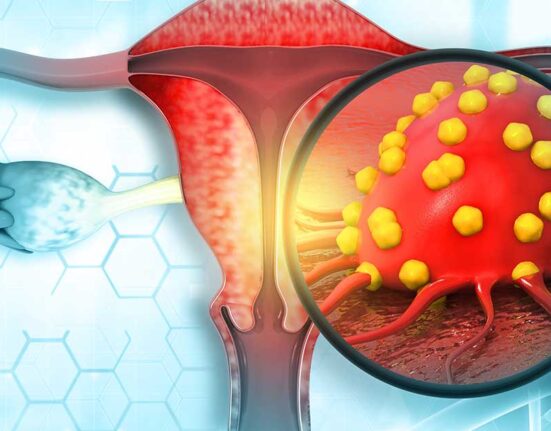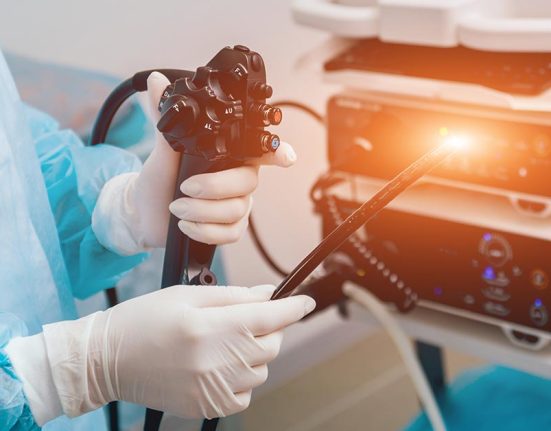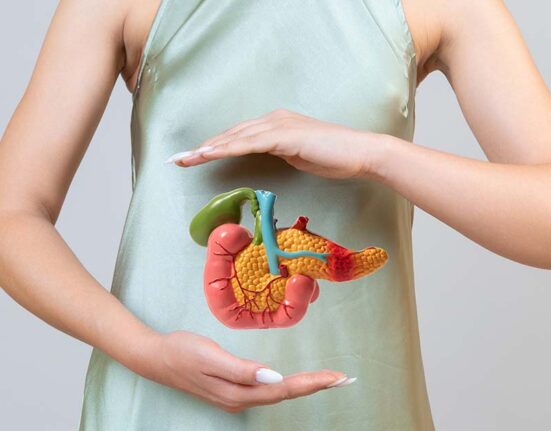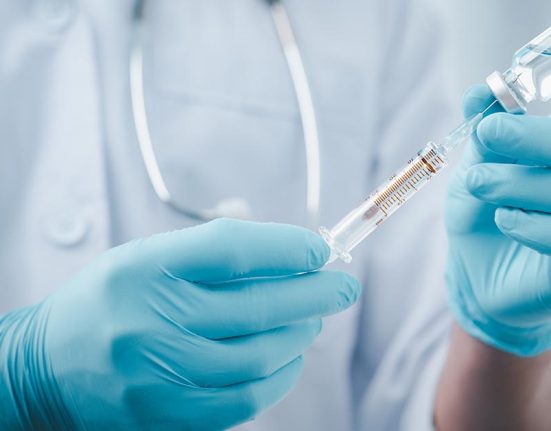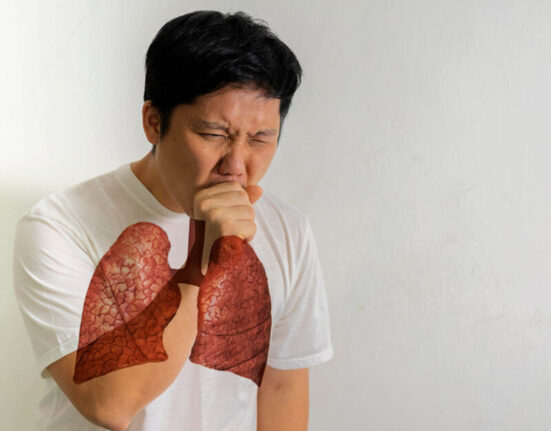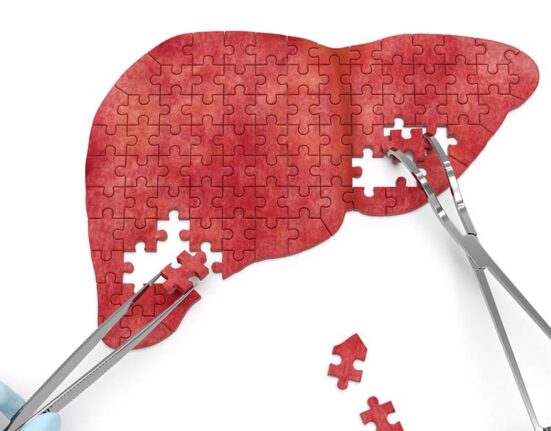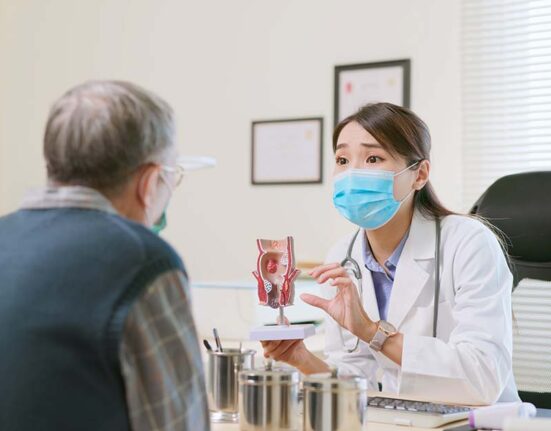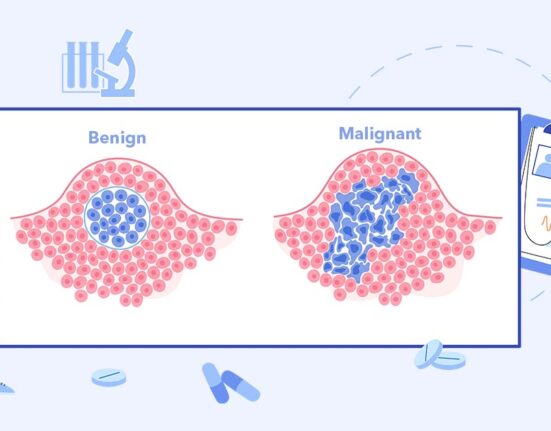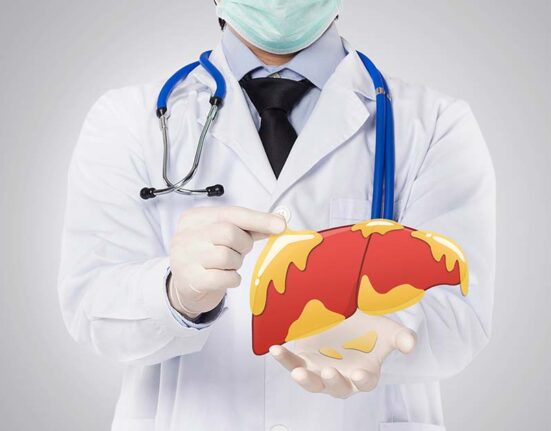Too many unfamiliar terms in cancer-related content? Start with our primer here. Reference the following list of common cancer terms to see if you can find the explanations and meanings that you need.
Common Cancer Terms
| Cancer Terminology | Explanation |
| Adenocarcinoma | This refers to a cancer of the glandular tissue lining certain internal organs. These tissue releases substances such as mucus, digestive juices, and other fluids. Most breast, lung, stomach, colorectal, pancreatic, prostate, and uterine cancers are adenocarcinomas. |
| Advanced Cancer | Cancer that has spread from its original site to other parts of the body. Cure for advanced cancer is unlikely, but treatment may be given to relieve symptoms and to prolong life. |
| Age-Standardised Relative Survival Rate | This is the ratio of observed survival of patients, with the expected survival of a comparable group in the general population. It gives an indication of the chances of surviving, on the assumption that cancer is the only possible cause of death. |
| Anti-emetic | A drug that is prescribed to help with nausea and vomiting. |
| Adverse effect | An undesired harmful effect that results from a medication or other intervention, such as surgery. |
| Benign tumour | A tumour that does not spread to other parts of the body. |
| Biomarker | A biological molecule found in blood, other body fluids, or tissues that is a sign of a normal or abnormal process, or of a condition or disease. |
| Biopsy | The surgical removal of cells or tissues for examination by a pathologist. |
| Breast cancer | Cancer that started in the tissues in the breast. |
| Breast Implant Associated Lymphoma (BIA-ALCL) | A type of non-Hodgkin’s lymphoma (cancer of the immune system). In most cases, it is found in the scar tissue and fluid near the implant. It is not a form of breast cancer. |
| Breast Implant Associated-Squamous Cell Carcinoma (BIA-SCC) | A very rare but aggressive tumour that forms around breast implants. The tumour may invade surrounding tissues and spread to the lymph nodes and other parts of the body like the muscle and bone. It is not a form of. breast cancer. |
| Breast Self-Exam (BSE) | A breast self-exam is a screening technique you can do yourself to check for breast lumps. |
| Cancer | Disease where abnormal cells divide in an uncontrolled manner. Cancer cells can spread to other parts of the body through the blood and lymph systems. Lymphoma and multiple myeloma are cancers that begin in the cells of the immune system. Central nervous system cancers are cancers that begin in the tissues of the brain and spinal cord. Also called malignancy |
| Carcinogen | A substance that can increase the chance of having cancer. |
| Carcinoma | Cancer that started in the skin or in tissues that line internal organs. |
| Cervical cancer | Cancer that started in the cervix. |
| Cervix | The end of the uterus which connects the uterus and vagina. |
| Chemotherapy | Treatment that uses drugs to inhibit the growth of cancer cells, either by killing the cells or by stopping them from dividing. |
| Clinical Trial | A type of research study that tests how well new medical approaches work in patients. |
| Colon / rectum cancer | Cancer that started in the large intestine (colon or rectum). |
| Computerized Tomography (CT) Scan | Using a machine that takes images of cross sections of the body, a CT Scan can show the anatomy of the brain and other parts of your body that cannot be seen by regular x-ray. |
| Diagnosis | Identifying a disease by its signs or symptoms, the use of imaging procedures, and/or laboratory findings. |
| Disease-Free Survival (DFS) | Also known as relapse-free survival (RFS). It represents the period during which there is no detectable evidence of cancer, measured after the first-line treatment. |
| Drug Resistance | This is when the cancer cells do not respond to, or resist, the effects of drugs used for treatment and regrow. |
| Dysphagia | Difficulty in swallowing. |
| Dysplasia | An abnormal change in cells, is usually an indication that a cancer may develop. |
| Dysuria | Difficult or painful urination. |
| Early-stage Cancer | Cancer that is early in its growth stage and has not spread to other parts of the body. |
| Endoscopy | An examination of the upper gastrointestinal (GI) tract using a camera held onto a flexible tube called an endoscope. |
| Endometrial cancer | Cancer of the layer of tissue that lines the uterus. |
| Excision | The surgical removal of a part of the body. |
| Family History | A record of the relationships among family members along with their medical histories. |
| First-Line Treatment | Refers to the initial or first treatment recommended after the diagnosis of cancer. Following the first-line treatment, second-line treatment may be considered based on the response to the first-line treatment. |
| First-Degree Relative | A parent, sibling, or child. |
| Gastric cancer | Cancer that started in the stomach lining. Also known as stomach cancer. |
| Grade | The grade of a cancer describes what the cancer cells look like using a microscope, and how quickly they are likely to grow and spread. |
| Hormonal therapy | A type of cancer treatment that uses drugs to block or lower the amount of hormones in the body to slow down, or to stop the growth of cancer. |
| Hodgkin’s Lymphoma | A type of cancer that affects the lymphatic system (a part of the body’s immune system). |
| Imaging test | A type of test that makes detailed pictures of areas inside the body. |
| Immunosuppression | Refers to the reduction of the body’s ability to ward off disease and infection. It can be induced deliberately or be the result of a disease. |
| In situ | In place. Refers to cancer that has not spread to nearby tissue; also called non-invasive cancer. |
| Incidence rate | Number of new cases of cancers (of a specific type) occurring in a specified population in a year. Typically expressed as the number of cases per 100,000 population at risk. |
Incontinence | Partial or complete loss of bowel and/or urinary control. |
| Invasive Cancer | Cancer that has spread beyond the layer of cells where it started to other parts of the body. |
| Kaposi sarcoma | A type of cancer in which lesions grow in the skin, lymph nodes, lining of the mouth, nose, throat, and other tissues of the body. They are usually purple and comprise of cancer cells, new blood vessels, and blood cells. |
| Kidney and other urinary cancers | Cancer that started in the kidneys, or in other urinary structures such as the renal pelvis and the urethra. |
| Kidney Function test | A test in which blood or urine samples are checked for the amounts of certain substances released by the kidneys. A higher- or lower-than-normal amount of a substance can be indicative of problems with the kidneys. |
| Killer T cell | A type of immune cell that can kill certain cells, including foreign cells, cancer cells, and cells infected with a virus. |
| Laparoscopy | A diagnostic examination of the abdominal organs using surgical methods to determine the reason for pain or other complications of the pelvic region or abdomen. |
| Lesion | A region in an organ or tissue which has suffered damage through injury or disease, such as a wound, ulcer, abscess, or tumour. |
| Leukemia | Cancer that started in blood-forming tissue, for example, bone marrow. It causes the excessive creation of abnormal blood cells. |
| Liver cancer | Cancer that started in the tissues of the liver. |
| Locally advanced cancer | Bulky cancers that may have spread to surrounding tissues but not to other distant organs. |
| Lung cancer | Cancer that started in the tissues of the lungs. |
| Lymphoedema | The swelling from a build-up of lymph fluid that happens when the lymph vessels and/or lymph nodes are injured and not draining properly. |
| Lymphoid neoplasms | Cancer that started in the lymph nodes. |
| Lymphoma | A cancer of the lymphatic system. |
| Malignant | Refers to cancer cells that can invade and destroy nearby tissue and spread to other parts of the body. |
| Mammogram | An X-ray of the breast to determine if tumours or lumps are present. It can be used either for breast cancer screening or for diagnostic purposes. |
| Medical oncologists | Doctors who have special training in treating patients with cancer using medicines. |
| Melanoma | A type of skin cancer that develops from the cells (melanocytes) that control the pigment of the skin. |
| Metastasis | Spread of cancer cells from the initial forming location to another part of the body, forming a new tumour in other organs or tissues of the body. |
| Mortality rate | Number of deaths caused by cancer, in a specified population during a year. Typically expressed as the number of deaths per 100,000 population. |
| Myeloid neoplasms | Cancer that started in blood cells. |
| Mutation | When the DNA sequence of a cell changes. |
| Nasopharynx cancer | Cancer that started in the upper part of the throat and behind the nose. |
| Necrosis | A form of cell injury which results in the premature death of a body tissue. |
| Neoadjuvant therapy | Treatment given before the main treatment. It may include chemotherapy, radiation therapy, or hormone therapy given before surgery to shrink a tumour so that it is easier to remove. |
| Neutropenia | A condition characterized by abnormally low levels of white blood cells called neutrophils. |
| Non-Hodgkin lymphoma | Cancer that starts in white blood cells called lymphocytes, which are part of the body’s immune system. |
| Occult Malignancy | Cancer that has spread to various parts of the body but the place from where it originated is not known. |
| Off-label drug use | Usage of a drug for a medical condition, or for an age group of patients, that it has not been approved to treat. It can also be when the drug is administered in a different way from, or the dosage given is different from, specifications in the approved label. |
| Oncologist | A doctor who specializes in diagnosing and treating people who have cancer. |
| Opioids | Opioids are a broad class of pain-relieving drugs that work by interacting with opioid receptors in your cells. |
| Osteosarcoma | Cancer that begins in the bone-forming cells. This causes joint pain, swelling, bone injury, or bone fractures. |
| Ovarian cancer | Cancer that started in the ovaries. |
| Palliative care | Care that is given to improve the quality of life of patients who have a serious or life-threatening disease. |
| Pancreatic Cancer | Cancer that originates from the pancreas, a glandular organ located in the abdomen. |
| PET (positron emission tomography) scan | A diagnostic test that uses a radioactive drug to show a picture of how the tissues and organs are working. |
| Polycythemia vera (PV) | A blood cancer that begins in the marrow of the bones, the soft center where new blood cells grow. |
| Prognosis | The forecast of future outcomes in patients with a particular health condition. |
| Prostate | Gland found in the men’s reproductive system, located under the bladder and in front of the rectum. It produces seminal fluid, a component of semen. |
| Prostate cancer | Cancer that started in the prostate. |
| Quadrantectomy | The surgical removal of breast tissue, usually for treatment of malignant breast tumours, although occasionally this may be advisable for benign tumours. |
| Quality of Life | General term used to refer to a person’s overall sense of well-being and satisfaction with life. |
| Radiation therapy | A type of cancer treatment that uses beams of intense energy to kill cancer cells. |
| Remission | A decrease or disappearance of cancer symptoms after different types of treatments such as surgery or chemotherapy. |
| Radon | A radioactive gas that is released by uranium—a substance found in soil and rock—and is an important risk factor for lung cancer. |
| Recurrence | Reappearance or return of cancer after a period of time when the patient was considered to be in remission or disease-free. The cancer may return to the original site of the tumour, to nearby tissues or lymph nodes or to other parts of the body. |
| Relapse | When cancer returns after successful treatment. |
| Resection | The term for surgically removing part or all of a tissue, structure, or organ. |
| Sarcoma | Cancer that started in the bone, cartilage, fat, muscle, blood vessels, or other connective / supportive tissues. |
| Screening | Checking for disease when there are no symptoms. Since screening may find diseases at an early stage, there may be a better chance of curing the disease. |
| Secondary cancer | The term used to define cancer that has spread (metastasized) from the place where it first started to another part of the body. |
| Side-effect | A secondary, typically undesirable effect of a drug or medical treatment. |
| Sigmoidoscopy | An examination to help find cancer or polyps within the rectum and distal part of the colon. |
| Skin cancer | Cancer that started in the outer layers of the skin. It can also form in a mole (skin melanoma) |
| Stomach cancer | Cancer that started in the stomach lining. Also known as gastric cancer. |
| Surgery | In the context of cancer treatment, it is a medical procedure that involves the physical removal of cancerous tumours or tissues from the body. It is the mainstay of treatment for many cancers. |
| Survival rate | Proportion of patients alive at some point in time (e.g. 5 years), subsequent to the diagnosis of their cancer. |
| Targeted therapy | It is a type of cancer treatment that uses drugs or other substances to precisely identify and attack certain types of cancer cells. |
| Thyroid cancer | Cancer that started in the thyroid gland. |
| Thyroid gland | Butter-fly shaped gland located at the base of the neck that helps to regulate growth and metabolism. |
| TNM Staging System | It is the standard system to classify or label the stage of cancer in the body. |
| Tumour | An abnormal mass of tissue that may be benign, premalignant, or cancerous. |
| Tumour Marker | A substance found in tissue or blood or other body fluids that may be a sign of cancer or certain benign (noncancer) conditions. |
| Ultrasonogram | A computer picture of areas inside the body created by high-energy sound waves. |
| Ultrasound | A procedure that uses high-energy sound waves to look at tissues and organs inside the body. |
| Undifferentiated cancer | A cancer in which the cells are very immature and “primitive” and do not appear like cells in the tissue from it arose. |
| Unresectable cancer | Cancer which is unable to be completely removed through surgery. |
| Urianalysis | A test that examines the visual, chemical and microscopic aspects of your urine. |
| Uro-oncology | The study and treatment of urological cancers found in the prostate, bladder, urethra and/or kidneys. |
| Urostomy | A stoma formed to divert the normal flow of urine from the kidneys and ureters. |
| Uterine cancer | Cancer that started in the inner lining of the uterus or in outer muscle tissue lining of the uterus. |
| Vasectomy | A minor surgery to block sperm from reaching the semen that is ejaculated from the penis. |
| Venipuncture | The puncture of a vein as part of a medical procedure, typically to withdraw a blood sample or for an intravenous injection. |
| Well-differentiated cancer cells | Well-differentiated cancer cells look more like normal cells under a microscope and tend to grow and spread more slowly than poorly differentiated or undifferentiated cancer cells. |
| Wermer syndrome | A rare, inherited disorder that affects the endocrine glands and can cause usually benign tumors in the parathyroid and pituitary glands and the pancreas. |
| Wilms tumor | A rare type of kidney cancer that primarily affects children. |
| X-ray | A type of radiation used in the diagnosis and treatment of cancer and other diseases. |
| Yolk sac tumor | A rare type of cancer that begins in germ cells (cells that form sperm or eggs). |
| Yttrium | A radioactive form of yttrium may be attached to a monoclonal antibody or other molecule that can locate and bind to cancer cells and be used to diagnose or treat some types of cancer. |
| Zoledronic acid | A drug used to treat hypercalcemia (high blood levels of calcium in the blood) caused by cancer and with other anticancer drugs to treat multiple myeloma and cancers that have spread to the bone. |
| Zollinger–Ellison syndrome | A rare condition in which one or more tumors form in your pancreas or the upper part of your small intestine (duodenum). |
In Need Of Further Support? Cancer Societies In Singapore
There are a number of cancer societies in Singapore that can support patients through their cancer journey.
- Breast Cancer Foundation
- Cancer Society of Singapore
- Children’s Cancer Foundation
- Leukemia and Lymphoma Foundation
- Viva Foundation for Children With Cancer
[Updated 05 Jun 23]
Protect against cancer, cardiovascular disease, and other chronic diseases with regular health screening. Compare and shop for health screenings from Singapore and regional healthcare providers at a single convenient platform - shop.health365.sg
This article is informative only and is not intended to be a substitute for professional medical advice, diagnosis, or treatment, and should never be relied upon for specific medical advice.












